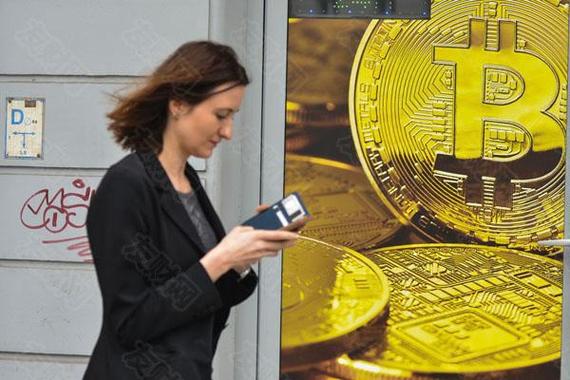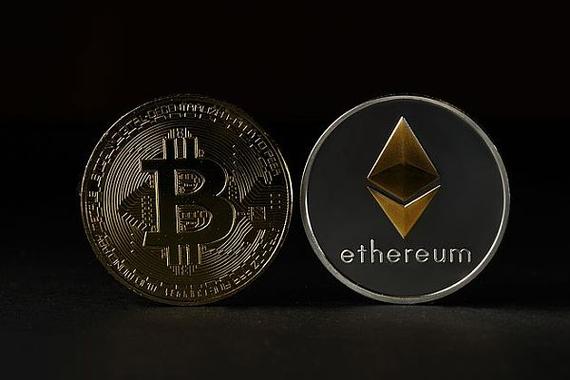摘要:The Avalanche Foundation is broadening the scope of its “Culture Catalyst” initiative to fund the purchase of memecoins....
The Avalanche Foundation is broadening the scope of its “Culture Catalyst” initiative to fund the purchase of memecoins.
The $100-million investment fund initially focused on nonfungible tokens (NFTs), but an announcement on Dec. 29 revealed that at least some of that allocation would bankroll memecoin acquisitions instead.
The Avalanche community and some market analysts have reacted positively to the move, but memecoiners still face stigma within the crypto industry. In a recent blog post, Ethereum co-founder Vitalik Buterin described memecoiners as “degen gamblers.”
That has done little to dampen the enthusiasm of those already immersed in the memecoin space, however. Crypto researcher and Avalanche advocate Emperor Osmo is one commentator excited by the move. Osmo explained to Cointelegraph why the decision to invest in memecoins is a positive one that will ultimately fuel Avalanche’s growth.
“I equate memecoins to the power of social movements, and you cannot have a blockchain reach massive scale without a powerful social movement behind it,” said Osmo.
Osmo, who assumes the title of “Lead Llama” at Osmosis Labs — this is crypto, after all — said that all of the strongest blockchain ecosystems have compelling narratives and “communities with a common purpose.”
Osmo singles out Bitcoin, Ethereum and XRP as examples of blockchains that have “tight-knit communities” that have also found the “simplest product market fit.” Osmo posits that Avalanche can engender those same qualities by fostering a strong culture through its cultural catalyst.
Memecoin risk and reward
Carlos Mercado, a data scientist at analysis firm Flipside Crypto, argues along similar lines to Osmo, although he stresses that memecoins are inherently risky investments.
“Memes provide people a chance to be in an ‘in-group,’” Mercado told Cointelegraph. “Whether it be early to a memecoin or an active member of the WallStreetBets subreddit [the Reddit group that fueled GameStop mania], memes create a sense of belonging. While intersecting this with people’s personal finances creates risk, we shouldn’t be surprised that post-2008, post COVID, gig economy and widespread inflation, people are going further out on the risk curve.”
Even with the potential risk factors, Mercado sees additional longer-term benefits to memecoins. Mercado’s view is that trading in memes provides the perfect training ground for newcomers, offering a gateway to the wider crypto market.
“The positive case for memes is that, at least in crypto, memes can be educational. Instead of relying on only price action, providing liquidity can earn swap fees, lending on markets like Aave can earn borrowing fees. There’s more optionality in crypto for using these coins compared to stocks, where payment for order flows and insider trading is rampant,” said Mercado.
While meme culture may be a fickle mistress with inherent risk, Mercado went on to point out: “The memes may go, but the knowledge doesn’t.”
Gambling degens
Not everyone in the crypto sphere is quite so bullish on memecoin culture. In a recent blog post, Buterin lamented that rising transaction costs on Ethereum had edged out most users, leaving behind “degens” and other elements he views as largely undesirable.
In the Dec. 28 post, “Make Ethereum Cypherpunk Again,” Buterin said, “Degen gamblers can be okay in moderate doses, and I have talked to plenty of people at events who were motivated to join crypto for the money but stayed for the ideals. But when they are the largest group using the chain on a large scale, this adjusts the public perception and the crypto space’s internal culture, and leads to many of the other negatives that we have seen play out over the last few years.”
Buterin is not alone in his general disdain for memecoin culture. On Dec. 4, Jan3 CEO and Bitcoin (BTC) maximalist Samson Mow told Cointelegraph why Bitcoiners tend to hold the rest of the crypto space in such low regard.
“It’s dog tokens, baby dog tokens, JPEGs and other random things [...] Bitcoin has nothing to do with these things.”
While Mow and other maximalists may want to put as much space between Bitcoin and memecoins as possible, the United States Securities and Exchange Commission’s recent approval of spot Bitcoin ETFs is expected to lead to a wave of fresh capital, leading to further speculation in the wider market.
Related: BlackRock drops ‘boomer’ Bitcoin ETF ad as marketing blitz ramps up
Historically, when Bitcoin does well, so does the rest of crypto. As for the criticism, Mercado strongly defends memecoins against the suggestion that they embody the worst elements of the industry.
“Ponzi schemes, hacks, pump-and-dumps, and rug pulls are the worst elements of crypto,” Mercado said. “The best memecoins won’t have these issues. Avalanche has stated several metrics they’re monitoring — like fair launches, maturity, liquidity ownership — to avoid supporting these bad elements.”
Memecoiners hopeful and expectant
Memecoiners on Avalanche are now looking to the future with a palpable sense of hope and expectancy.
Several projects on the blockchain are touted as potential investments for the Avalanche Foundation. If market speculation is anything to go by, Coq Inu (COQ), Shibavax (SHIBX) and Husky Avax (HUSKY) may be among the contenders for an injection of capital from the culture catalyst. All three tokens experienced positive price action in the wake of the Avalanche Foundation’s announcement in December.
Cointelegraph spoke with the CEO of Husky Avax, known simply to the community by his pseudonym, Paps. As Paps sees it, the Culture Catalyst is just the latest in a long line of endeavors that Avalanche has pursued to help galvanize its community.
“Those outside of Avalanche might not have noticed, but Avalanche has been putting a lot of time, effort and money into culture in the past two years,” Paps told Cointelegraph. “For a while, it was mainly focused on driving artists to Avalanche, and then it shifted to creating volume in NFTs. Because of that effort, Avalanche has a significant artist community, and volume has really picked up recently.”
The memecoin advocate acknowledged that not every initiative has gone entirely according to plan or resulted in success, but they argued that the level of commitment has never wavered.
“Not everything they’ve done has worked out, but they’ve shown [Avalanche] they’re willing to put their money where their mouth is, and when something doesn’t work out, they try something else.”
Tackling the critics
Husky’s Paps also appealed to those who have criticized or dismissed memecoin culture, offering an alternative point of view for consideration.
“While some argue that memecoins detract from the ideals of decentralization, open participation, censorship resistance and credible neutrality, others believe that memecoins can coexist with blockchains and even help attract new users to the ecosystem,” he said.
“The ideal of decentralization means that we don’t really have control over what communities do with the blockchain. If communities decide that memecoins are what motivates them and are what helps them attract new users, who are we to argue with the masses?”
As Paps pointed out, if the market decides it wants its fix of memecoins, then, by the forces of democracy and decentralization, the argument against them is moot.
Seeking peaceful co-existence
While it is easy to draw ideological battle lines between memecoiners and the rest of crypto, some argue that the distinction is not as pronounced as it may appear on the surface.
Barney Mannerings, co-founder of the decentralized exchange Vega Protocol, told Cointelegraph, “There is not necessarily an ideological difference here. It’s perfectly possible for Avalanche to also be focused on cypherpunk ideals.”
Paps backs this point of view, suggesting that blockchains don’t need to choose one path or the other and can enjoy broader appeal in multiple sectors. He argues that memecoin culture is an additional bonus for the Avalanche ecosystem, the primary focus of which lies elsewhere.
“Avalanche is known for being focused on institutions, and they’ve locked in great deals in that regard, but they’re making sure not to forget other types of users,” he said.
Even Buterin, who has little love for memecoins, concedes that “degen gamblers can be okay in moderate doses.”
Of course, the future of memecoins doesn’t depend on the approval of any individual, no matter how respected or influential they may be. Haters can hate, but in an age when new tokens can be deployed in minutes, they’re powerless to prevent an avalanche of memecoins.



